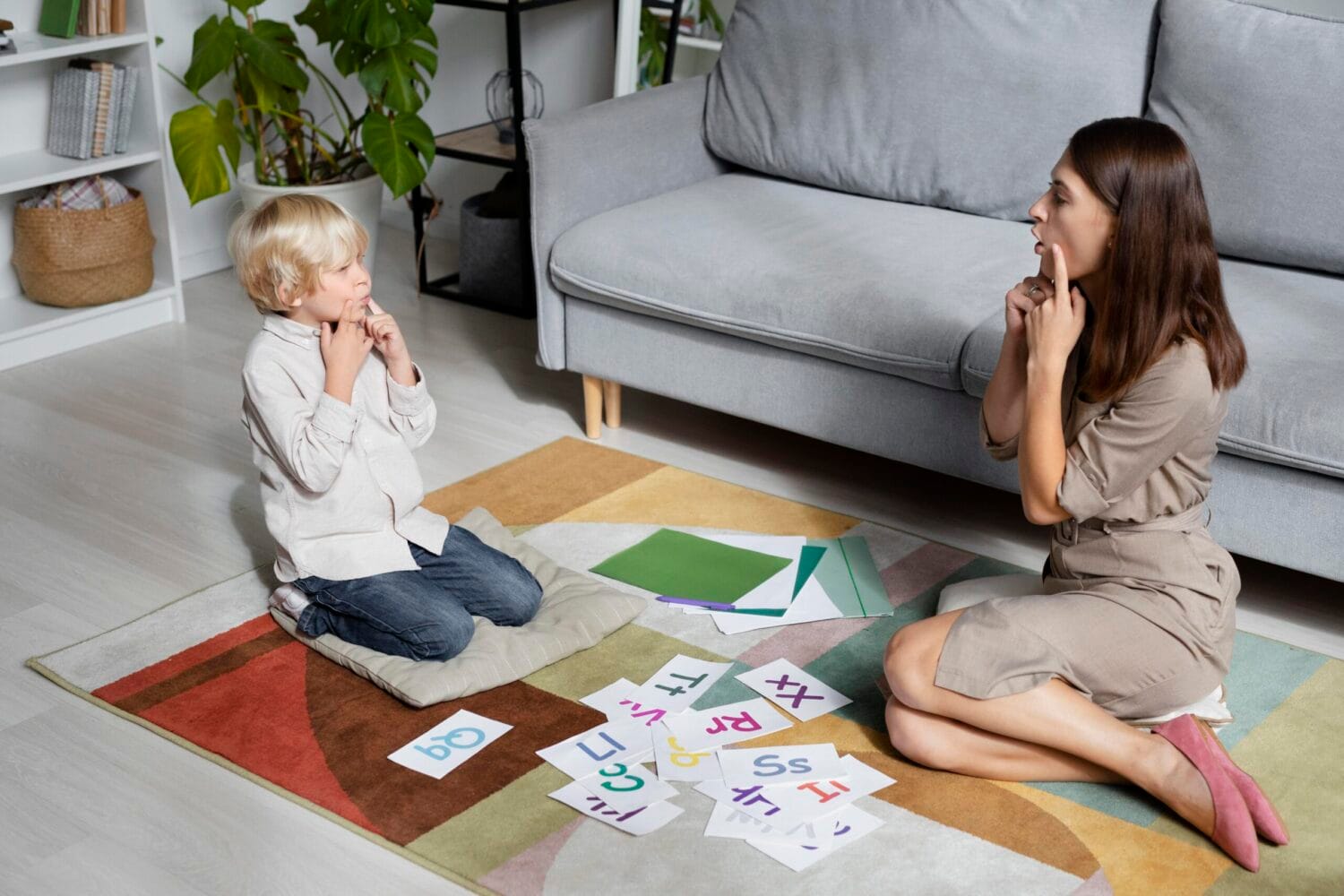What is Phonics?
Phonics is all about the connection between sounds and the letters that make them. It helps children understand that letters represent specific sounds, which is a crucial skill for learning to read. By understanding this relationship, children can “decode” words and figure out how to pronounce them.
The Science of Phonics
Research has shown that teaching phonics systematically is highly effective for helping children learn to read. Studies have found that children who receive systematic phonics instruction, where they gradually learn to connect sounds and letters, become better readers more quickly.
Phonics also plays a key role in developing phonological awareness – the ability to hear and play with the sounds in words. This skill is essential for reading success. When children learn to identify and manipulate individual sounds in words through phonics instruction, they are also strengthening their phonological awareness skills.
Research on the role of phonics in learning to read
Beginning To Read: Thinking and Learning about Print.
Key Finding: This seminal work provides a comprehensive review of research on beginning reading, with a strong emphasis on the importance of phonics instruction.
Phases of Development in Learning to Read and Spell Words
Key Finding: This article outlines a stages-of-reading development model that highlights the crucial role of phonics instruction in moving children from early word-recognition strategies to fluent reading.
Key Finding: This influential report provides a comprehensive review of research on reading instruction, emphasizing the importance of systematic phonics instruction as a key component of effective reading programs
The prevention of reading difficulties
Key Finding: This book presents an integrated approach to preventing reading difficulties, emphasizing the importance of early identification and intervention, including systematic phonics instruction.
Summary Findings from Research on Phonics
- Phonics are essential for reading: Teaching children to connect sounds with letters (like how “b” makes the “buh” sound) is crucial for them to learn to read.
- Phonics work best when combined with other skills: Learning about sounds should go hand-in-hand with other reading skills, like recognizing rhymes, learning new words, and understanding what they read.
- Early help makes a big difference: Children who might struggle with reading benefit greatly from early support and phonics instruction.
5 Steps to Helping Your Child Read at Home
Here are some fun and effective ways to reinforce phonics learning at home:
- Read Aloud Regularly:
- Choose books with rhyming words and repetitive patterns. These books help children develop phonological awareness and predict patterns in language.
- Point to words as you read and sound them out together. This helps children connect the visual representation of words with their spoken sounds.
- Encourage your child to predict what will happen next in the story. This fosters comprehension and engages their critical thinking skills.
- Play Phonics Games:
- Sound Bingo: Create bingo cards with letter sounds and call out sounds. This is a fun and interactive way to practice sound identification.
- Phonics Charades: Act out words or sounds to encourage sound recognition and build vocabulary.
- Word Building: Use letter tiles to build words and sound them out. This hands-on activity helps children understand how letters combine to form words.
- Sing Phonics Songs:
- Many children’s songs incorporate phonics sounds. Sing along and point to the letters as you sing. This makes learning fun and memorable.
- Sing Lullabies (read more on how music helps phonemic awareness) Music enhances cognitive development and can improve phonological awareness skills, which are crucial for reading success.
- Write Together:
- Encourage your child to write their name and simple words.
- Sound out words together and write them down. This connects writing with phonics and reinforces the sound-letter correspondence.
- Create a Print-Rich Environment:
- Surround your child with books, magazines, and other printed materials.
- Label objects around the house with their written names.
- Encourage your child to “read” signs and labels they encounter in everyday life.
Phonics Fun at Step by Step Nursery
At Step by Step Nursery, we make learning phonics exciting! Here’s how:
- Storytime with a Sound: We read stories that focus on specific sounds, like all the “s” words or words that start with “m.”
- Playful Learning: We play games like matching letters to sounds, sorting words by their beginning sounds, and building words with letter blocks.
- Sing and Rhyme: We sing songs and say rhymes that highlight different sounds, making learning fun and memorable.
- Writing Adventures: We encourage children to write their names, draw pictures, and label objects, which helps them connect what they hear to what they write.



